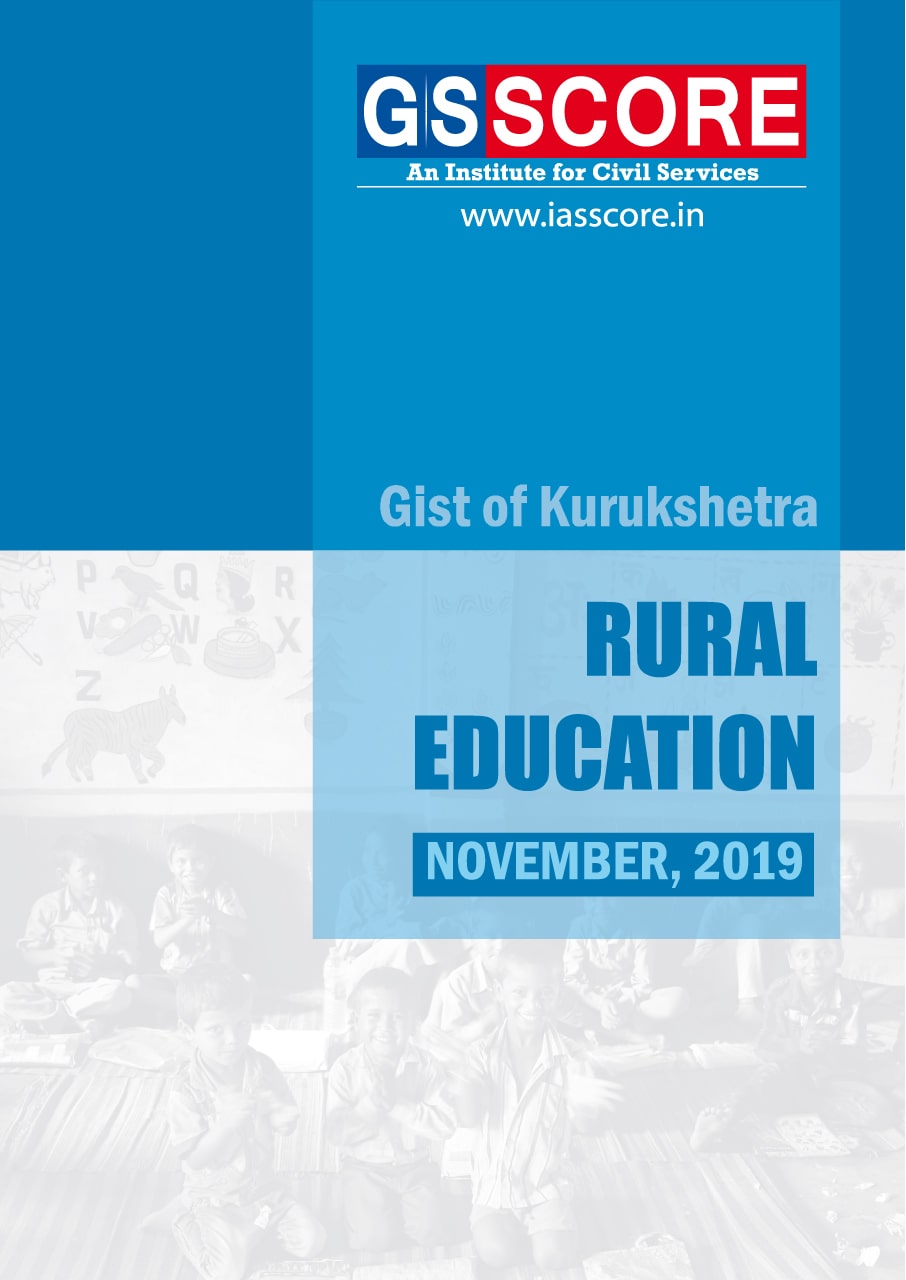


Level of education is not only a reflection of the level of development attained by a society but in turn it also gives impetus to growth and modernization of the society. As a result, promoting rural education becomes a prime objective of the Government to ensure an overall balance in development.
Related Articles


